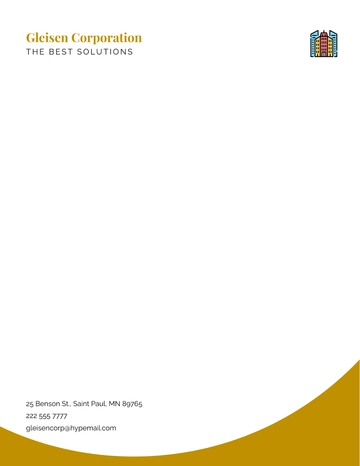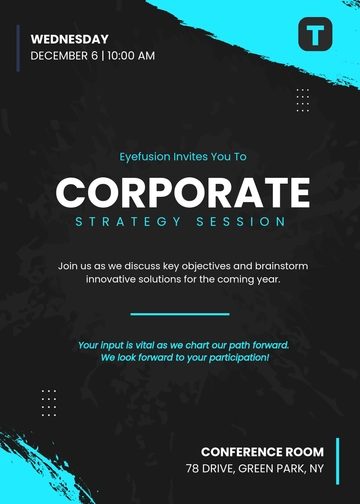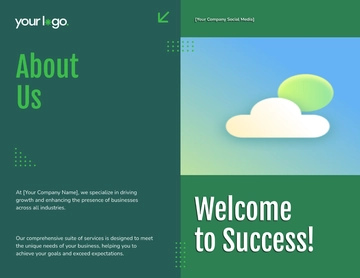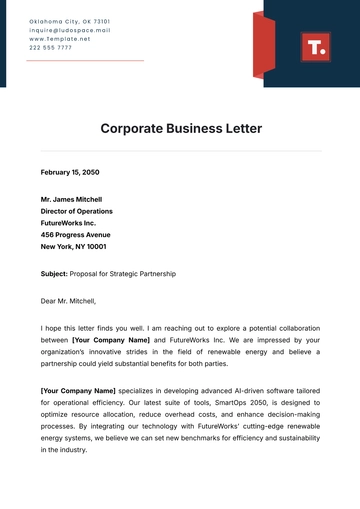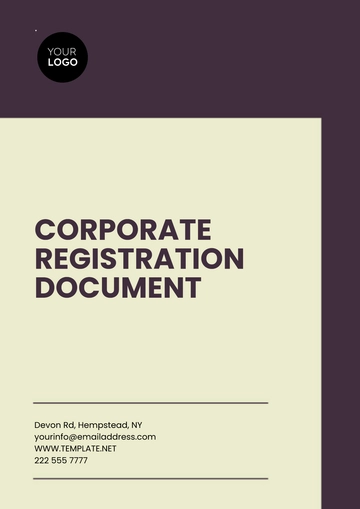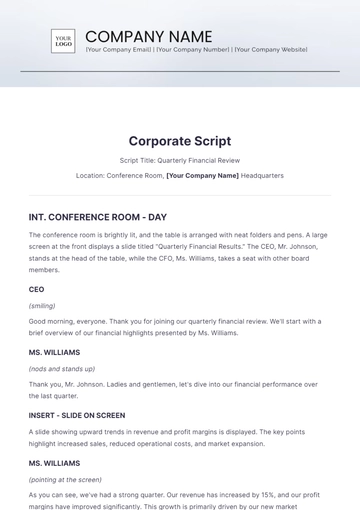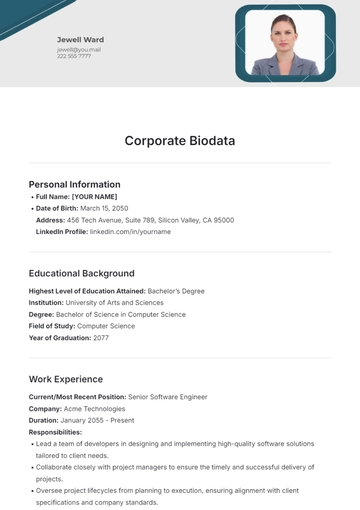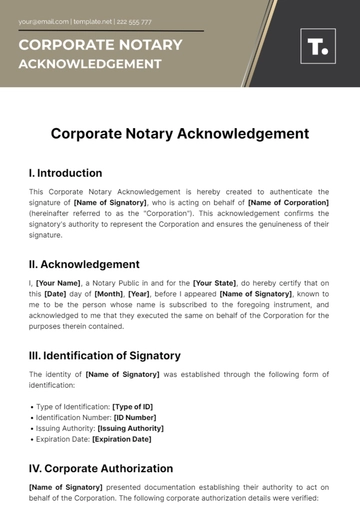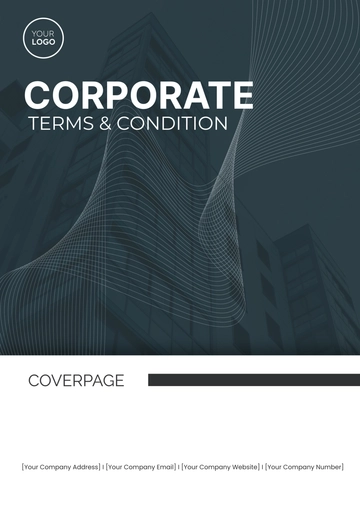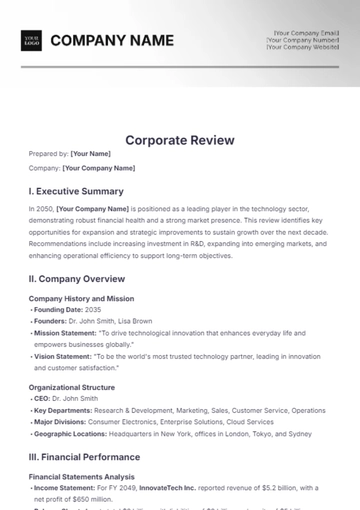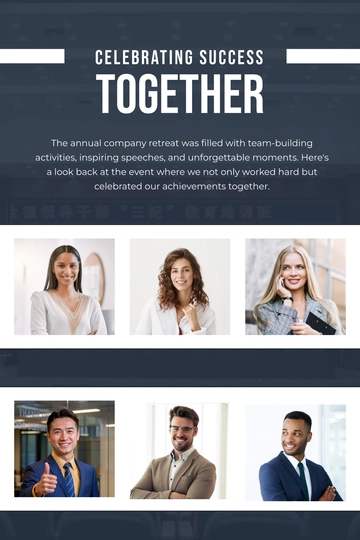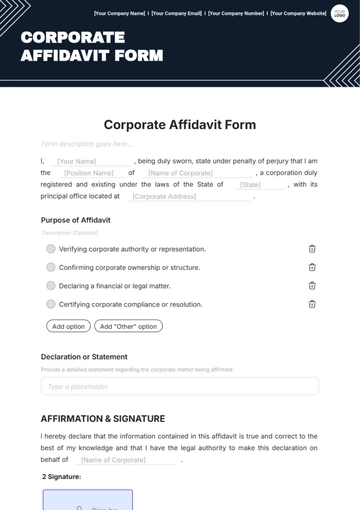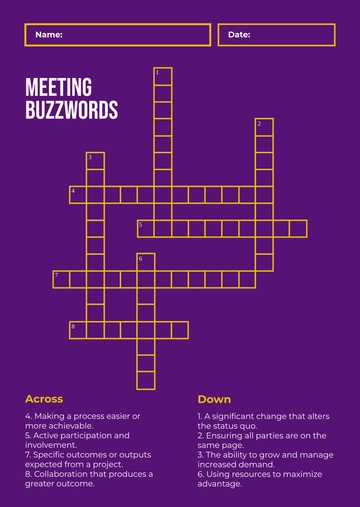Free Corporate Ethnography

Prepared By: [Your Name]
Company Name: [Your Company Name]
Date: [Date]
1. Introduction
Corporate Ethnography is a comprehensive research method used to understand the behaviors, culture, and dynamics within an organization. This ethnographic study aims to provide a deep insight into how employees interact, the values that drive their actions, and the underlying factors influencing decision-making processes. By examining these elements, organizations can identify areas for improvement, foster a positive work environment, and enhance overall performance.
2. Research Methodology
2.1 Ethnographic Approach
The study utilizes a traditional ethnographic approach, focusing on immersive observation, in-depth interviews, and document analysis. This methodology ensures a holistic view of the organizational culture and employee experiences.
Data Collection Methods
Participant Observation: Researchers embedded themselves within the organization for three months, observing daily interactions, meetings, and informal gatherings.
In-Depth Interviews: Semi-structured interviews were conducted with 30 employees across various levels, including senior management, middle management, and frontline staff.
Document Analysis: Analysis included company policies, training materials, and internal communications to understand formal structures and communication patterns.
2.2 Sample Selection
A purposive sampling strategy was employed to capture a diverse representation of employees. This approach ensured that different perspectives were included, providing a well-rounded view of organizational dynamics.
3. Observations and Findings
3.1 Organizational Culture
The organization exhibits a blend of formal structures and informal networks. While the hierarchy is well-defined, decision-making often occurs through informal channels, particularly among mid-level managers.
Key Cultural Traits
Collaborative Environment: Employees collaborate across departments, enhancing unity and shared goals.
Innovation-driven: There is a strong emphasis on innovation, with employees encouraged to experiment with new ideas.
Customer-Centric Focus: The organization prioritizes customer satisfaction, driving efforts across all levels to improve the customer experience.
3.2 Behavioral Dynamics
Several key behavioral patterns were observed:
Informal Communication Networks: Much of the information flow happens through informal networks, particularly within middle management.
Decision-Making Processes: Decision-making is decentralized, granting autonomy to departmental managers, which can sometimes result in inconsistent implementation of company-wide initiatives.
Employee Engagement: Generally high, with employees expressing loyalty, though there are pockets of disengagement, especially among administrative roles.
Key Observations
Aspect | Observation |
|---|---|
Decision-Making | Decentralized, often led by mid-level managers. |
Communication | Predominantly informal, with strong internal networks. |
Innovation Practices | Encouraged and valued across departments. |
Employee Engagement | High engagement with some areas of concern. |
Customer Focus | Strong emphasis on customer satisfaction. |
4. Analysis and Discussion
4.1 Impact of Informal Networks
Informal communication networks facilitate quick information flow and collaboration. However, they can also lead to inconsistencies in decision-making and communication. Enhancing formal communication channels could address these inconsistencies while preserving the benefits of informal networks.
4.2 Strengths in Innovation and Collaboration
The organization’s focus on innovation is a significant strength, driving continuous improvement. The collaborative culture supports this by encouraging cross-departmental teamwork. A structured framework for innovation could further enhance this strength.
4.3 Areas for Improvement
Several areas for improvement were identified:
Formalizing Communication Channels: Strengthening formal communication channels can help ensure consistency and reduce the risk of miscommunication.
Enhancing Employee Engagement: Targeted initiatives to boost engagement among administrative staff are needed to address pockets of disengagement.
5. Recommendations
5.1 Strengthening Communication
Formal Communication Protocols: Implement protocols that complement informal networks. Regular updates from senior management and formal channels for key decisions can ensure consistency.
5.2 Enhancing Innovation
Innovation Framework: Develop a structured framework for innovation with clear guidelines and support mechanisms. Consider establishing dedicated innovation teams or labs.
5.3 Improving Employee Engagement
Engagement Programs: Introduce programs specifically designed for administrative staff, including recognition programs, professional development opportunities, and regular feedback mechanisms.
6. Conclusion
This Corporate Ethnography provides a detailed view of the organization’s behaviors, culture, and dynamics. The findings and recommendations are intended to help the organization build on its strengths, address areas for improvement, and foster a more effective and cohesive work environment.
7. References
Smith, J. (2050). Understanding Organizational Culture: A Corporate Ethnography. Journal of Organizational Studies.
Johnson, L. (2050). The Role of Informal Networks in Corporate Decision-Making. Corporate Culture Review.
- 100% Customizable, free editor
- Access 1 Million+ Templates, photo’s & graphics
- Download or share as a template
- Click and replace photos, graphics, text, backgrounds
- Resize, crop, AI write & more
- Access advanced editor
The Corporate Ethnography Template from Template.net offers an editable and customizable framework for analyzing and understanding corporate culture and dynamics. Ideal for researchers and business professionals, this comprehensive template facilitates systematic data collection and insightful reporting. Easily tailor each section to suit your specific needs, ensuring a thorough and effective evaluation of organizational behavior and practices.
